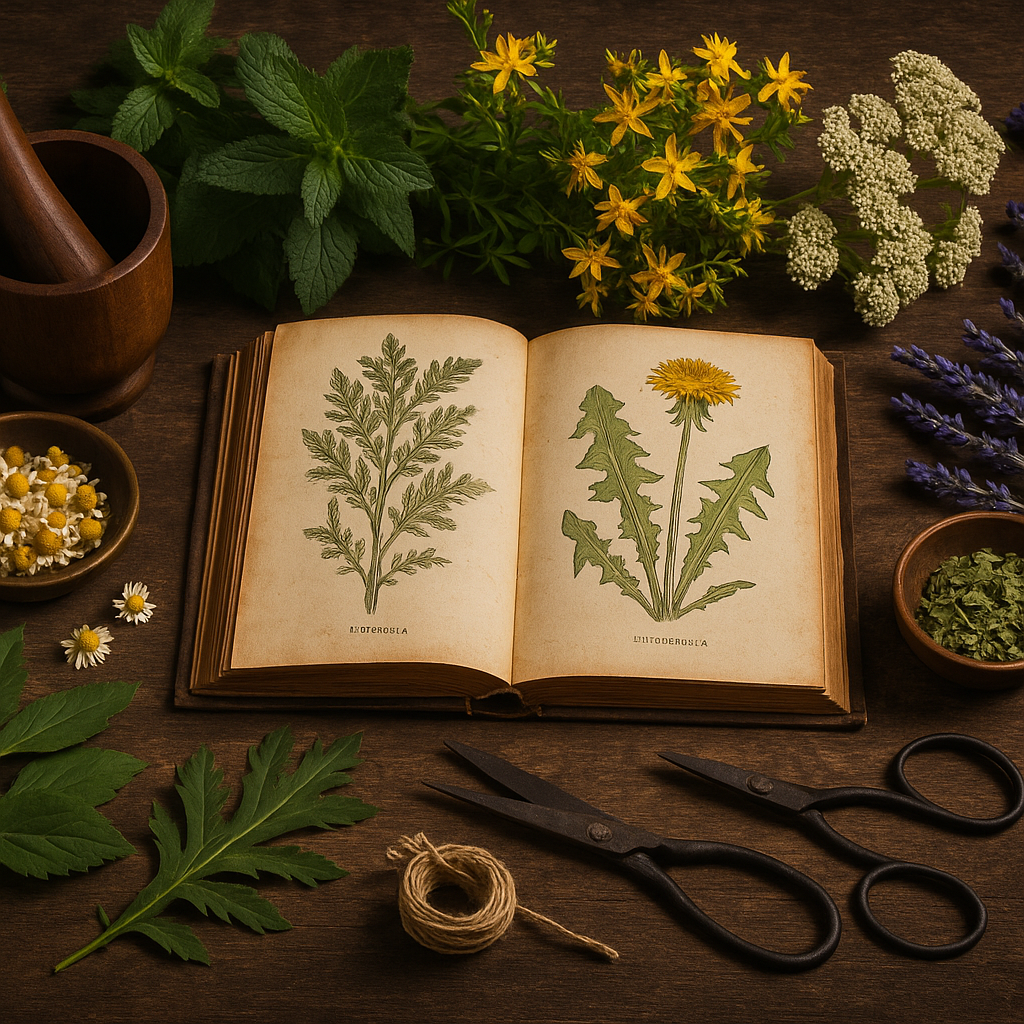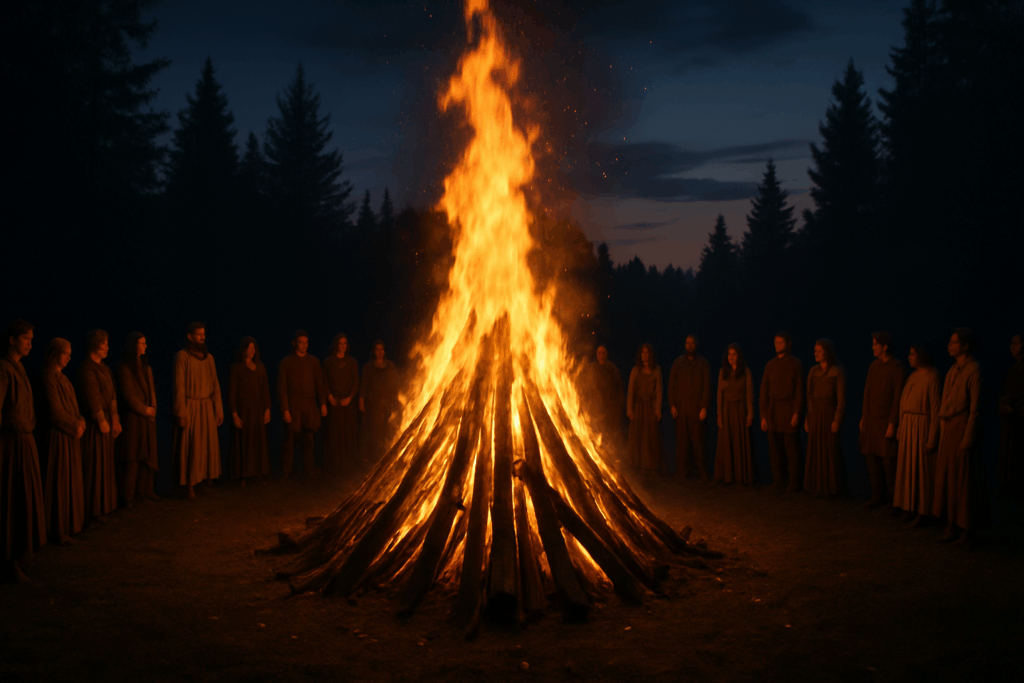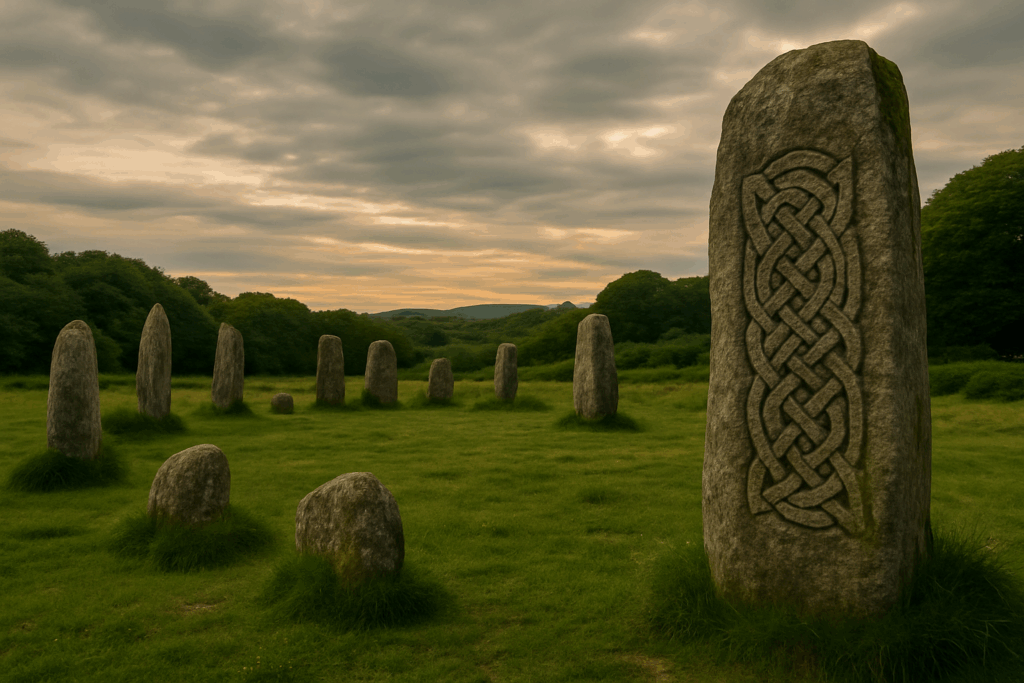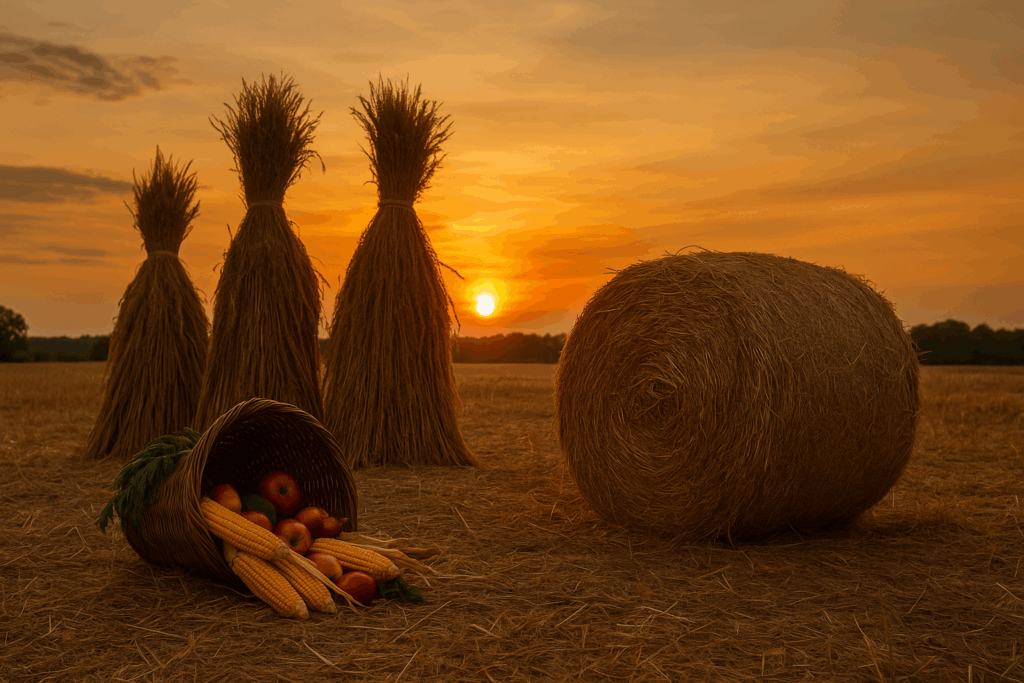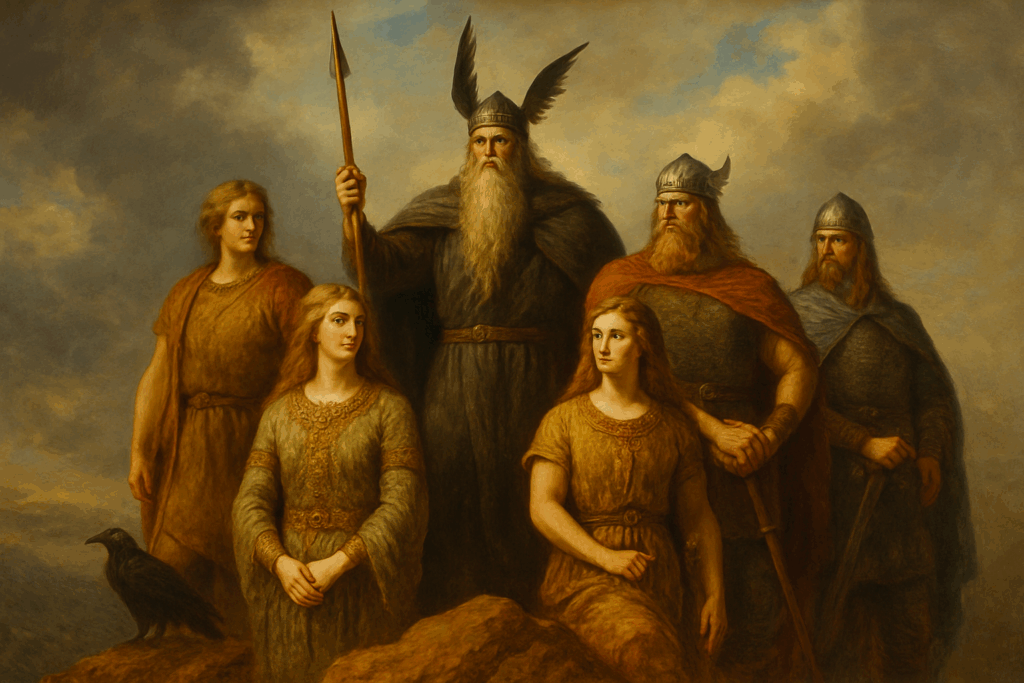October 25 – Smoke and Storytelling
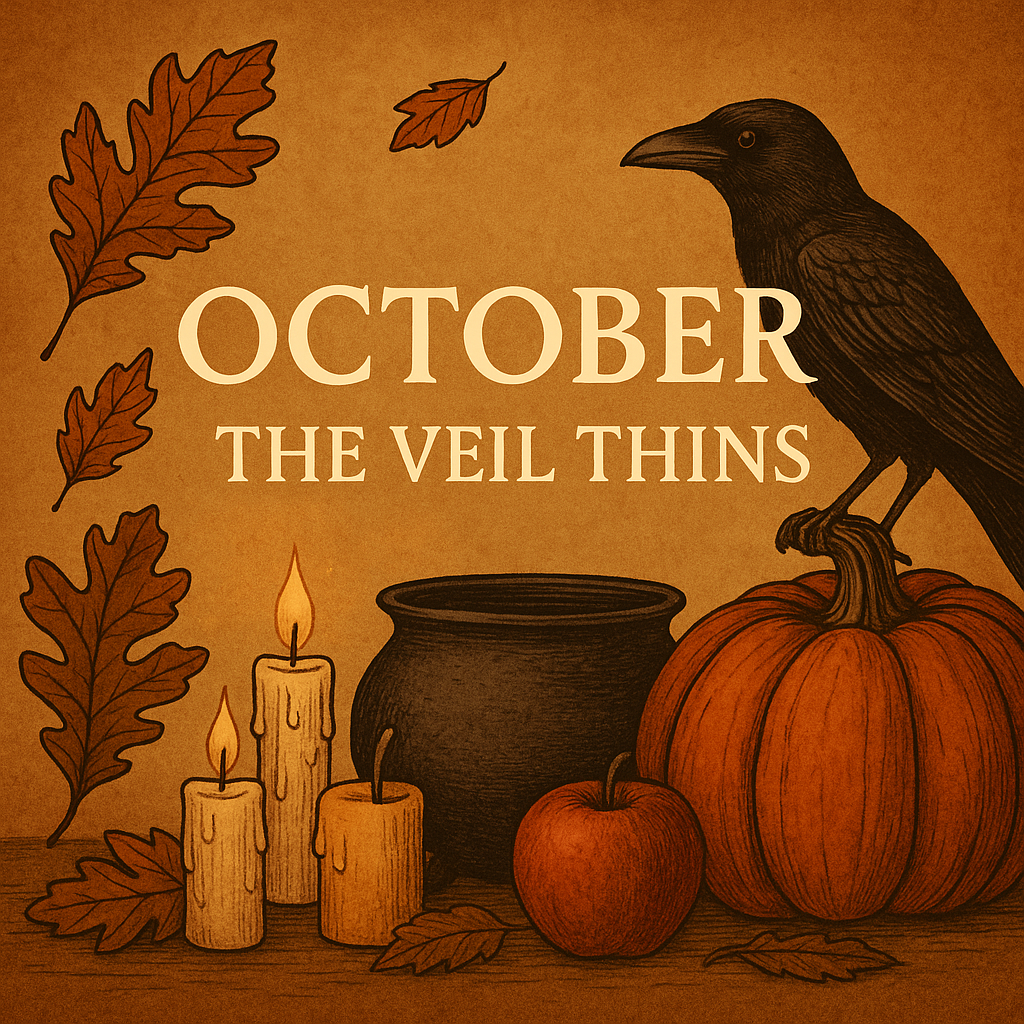
Fireside magic — how tales and memory feed the spirit.
There comes a point in every October when the air demands fire. The chill creeps deep enough that only flame seems to answer it — a hearth, a bonfire, a candle’s trembling glow. This is the season when people instinctively draw closer together, gathering in circles of warmth and light. Around the fire, stories are born, remembered, and shared. Each spark that leaps upward carries not just heat, but memory — the oldest form of magic we know. Smoke and storytelling are inseparable; both rise from what is burned and transform what is fleeting into something that endures.
Before there were books or altars, there was firelight. Our ancestors sat before flames and spoke to one another across the darkness. Their stories held everything that mattered: the cycles of the moon, the lessons of the hunt, the names of gods, the deeds of the dead. These stories were not entertainment alone; they were spells of continuity. They preserved identity and wisdom through generations. In the flickering glow, voices took on a different power, merging with the crackle of wood and the rhythm of breath until they became living incantations. To tell a story by fire is to feed both the body and the soul.
Smoke is the bridge between worlds — it rises from what is consumed, carrying prayers and intentions skyward. In every tradition, it has been a messenger: incense in temples, sage or cedar in cleansing rituals, the curling breath of offerings to gods and ancestors. When we tell stories beside the fire, we breathe life into the same element. Our words rise like smoke, carrying our thoughts to those unseen. Each tale becomes an offering, a way to keep our connection with the past alive.
The act of storytelling itself is sacred. It transforms experience into wisdom and memory into magic. When you speak a story aloud, you bring the invisible into form. You shape the formless chaos of emotion into something that can be understood, shared, and remembered. This is why storytelling has always been a part of ritual — it binds community, keeps history alive, and affirms our place within the greater tapestry of existence. Around a fire, time collapses. The living and the dead gather together through the simple sound of words.
Tonight, you might light a fire — or, if no fire is possible, a single candle. As the flame grows, let your thoughts drift to the stories that have shaped you. Which ones were told by those who came before? Which ones do you carry now? You may think of a tale from childhood, a myth, a family story, or even your own memory of transformation. Speak it aloud, even if only to yourself. Let the rhythm of your voice match the crackling of the flame. If you are in the company of others, invite them to do the same. A shared story becomes a shared spell, weaving threads of connection in the air.
The beauty of smoke and storytelling is that both are impermanent. The smoke fades, the words dissolve, yet their impact remains. Something changes in the listener and the teller alike. The space between them fills with energy — understanding, emotion, kinship. This invisible bond is the truest form of magic. In pagan and witchcraft traditions, this is known as air magic — the power of voice, song, and breath. The storyteller is the spellcaster, the fire their altar, and the smoke their offering to the unseen world.
You can also use smoke as a tool of remembrance. Write the name of an ancestor, teacher, or loved one who has passed on a small piece of paper. Hold it over the flame and say, “As this smoke rises, so too does my remembrance. May it reach you with love.” Let it burn safely in a fireproof dish and watch the smoke curl upward. The air between you and the unseen becomes a conduit for connection. When the paper is gone, whisper their name into the stillness. In that moment, they are present — summoned by memory, honored by flame.
Storytelling is also a form of self-healing. When you tell your own story, especially the difficult parts, you reclaim authorship of your life. You give shape to pain and transform it into wisdom. This is alchemy of the heart. The stories we fear to tell often hold the greatest power to free us. As the fire burns, imagine that every spark is a fragment of your truth rising into light. Speak it. The night will hold it gently, and the smoke will carry it away.
The elders once said that each time a story is told, the world grows a little stronger. The land itself listens. Trees, rivers, and stones all absorb the echoes of our words. That is why sacred sites feel alive — they are saturated with centuries of storytelling. When you speak beside a fire, imagine that you are adding your voice to that ancient chorus. The spirits of the land listen, and they remember.
When the fire burns low, sit in silence for a few minutes. Watch the last curls of smoke rise and fade into the night. Listen to how quiet the world becomes afterward — as though it is thinking, digesting the words just spoken. That silence is sacred too. It is the pause between breaths, the place where understanding takes root.
Before you leave, take a small pinch of ash from the fire and scatter it outside. Whisper, “From smoke to soil, from story to seed.” This closes the circle, returning what was given to the earth. If you used a candle, you can do the same with a small bit of the melted wax once it cools. The gesture completes the ritual of offering — a balance between creation and release.
The lesson of this day is simple yet profound: everything we say shapes the world. Every story told in truth becomes an act of magic. When the nights grow long and the cold presses close, remember the power of your voice. Gather with friends or family, or even speak alone in the glow of a single flame. Tell the stories that matter. Tell them to remember, to honor, to heal. Let them rise like smoke into the waiting dark.
The ancestors are listening. The spirits lean close. And through the rhythm of voice and fire, through the weaving of smoke and word, they whisper back. “Keep the flame. Keep the story. As long as you remember, we live.”

